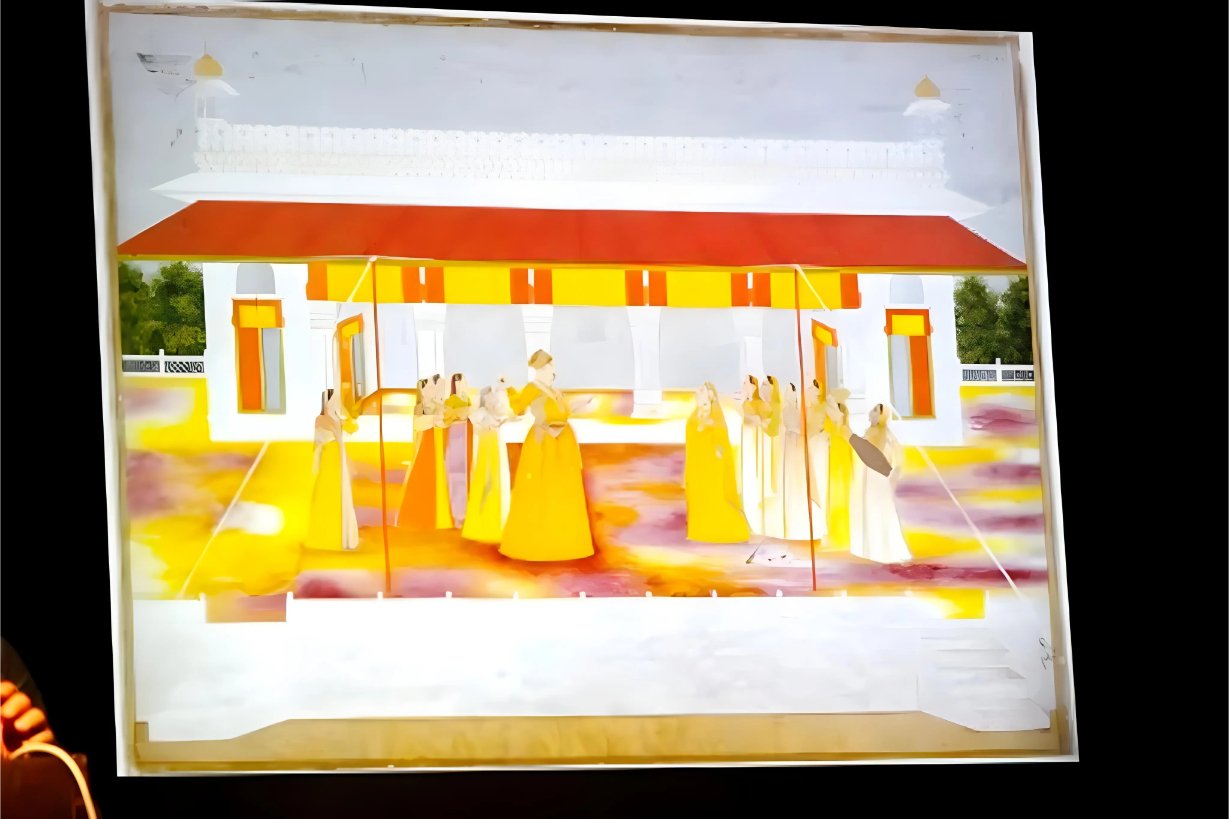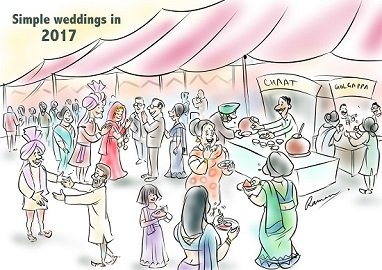Period paintings tell author William Dalrymple that even in what history considers its gloomiest years, the Mughal court was rich in colour
In 1670, Delhi was the centre of the richest, most powerful empire of the world, which made Ming’s China look impoverished. There was extraordinary colour in the Mughal court in what history considers the” dark” 100 years leading up to 1857. “Riches that were produced in this country, sophistication that will never be rivalled,” author-historian William Dalrymple said at Panjab University during his Urmi Kessar memorial lecture on ‘Princes and Painters in Late Mughal Delhi, 1707-1857’. “People call Donald Trump a real-estate Mughal, but even he doesn’t have the taste.”
.jpg)
Dalrymple referred to the Mughal artistic culture in the 18th and 19th centuries and highlighted the interwoven nature of Mughal, European and regional patronage to Delhi’s court artists such as Nidha Mal, Chitraman, Ghulam Ali Khan, Ghulam Murtaza Khan, and Mazhar Ali Khan.
He referred to the contributions of William Fraser, Scottish officer who married an Indian woman from Hansi in Haryana, and he referred to the portraits of soldiers, villagers, dancing women, holy men, Indian nobles, and British ‘nabobs’. The 150 years leading to the mutiny were a transitional period that altered Indian culture, politics and art, and ushered artistic innovation and experimentation.
.jpg)
Aurangzeb had never banned painting but also never patronised it. After him, Bhadur Shah-I and Farukh Siyar didn’t take much interest in it either, triggering the flight of culture and arts to Rajasthan. It was not until Mohammad Shah Rangeela that Delhi regained its status as the centre of arts. He brought folk music to the Mughal court and liked to dress up as woman.
Advertisement

Portraits show a naked emperor moving undetected through Jauhari Bazar in intricate body paint and celebrating Hindu festivals in court, scenes that Dalrymple says would have made Aurangzeb turn in his grave. It was like the return of culture to London with Charles the Second after 40 years of no art, stage, colour, or festivities.
.jpg)
History shows Delhi on the verge of collapse at this time but pictures tell a different tale. Paintings reveal Rangeela’s fondness for women, flowers, and sport (elephant fights). A time of good food and great paintings. Unfortunately, it coincided with the time of a savage invader called Nadir Shah.
When historians discuss the legacy of British colonialism in India, they usually mention democracy, the rule of law, railways, tea and cricket. Yet the idea of the joint-stock company is arguably one of Britain’s most important exports to India. The East India Company remains history’s most terrifying warning about the potential for the abuse of corporate power.
.jpg)
“There are more Mughal artefacts stacked in this private house in the Welsh countryside than are on display at even the National Museum in Delhi. The treasure includes a painting that shows the time in August 1765 when the young, blind Mughal emperor, Shah Alam, exiled from Delhi and defeated by East India Company, was forced to dismiss his own revenue officials in Bengal, Bihar and Orissa, and replace them with a set of English traders appointed by Robert Clive–the new governor of Bengal,” Dalrymple said.
In another painting, Sir Thomas Roe, the ambassador sent by James-I to the Mughal court in 1614, is shown appearing before emperor Jahangir, who had inherited from his father, Akbar, lands stretching through most of India, all of what is now Pakistan and Bangladesh, and most of Afghanistan. He ruled over five times the population commanded by the Ottomans – roughly 10 crore people. His capitals were the megacities of their day.
.jpg)
From 1803 to 1830, Brits mixed with local artists, commissioned stuff. Then came Charles Metcalfe, who was smug and never seen in Indian clothes. The British and Indian cultures parted ways in the 1830s. The Last Mughal Emperor controls only the Red Fort but is a great patron of arts.




